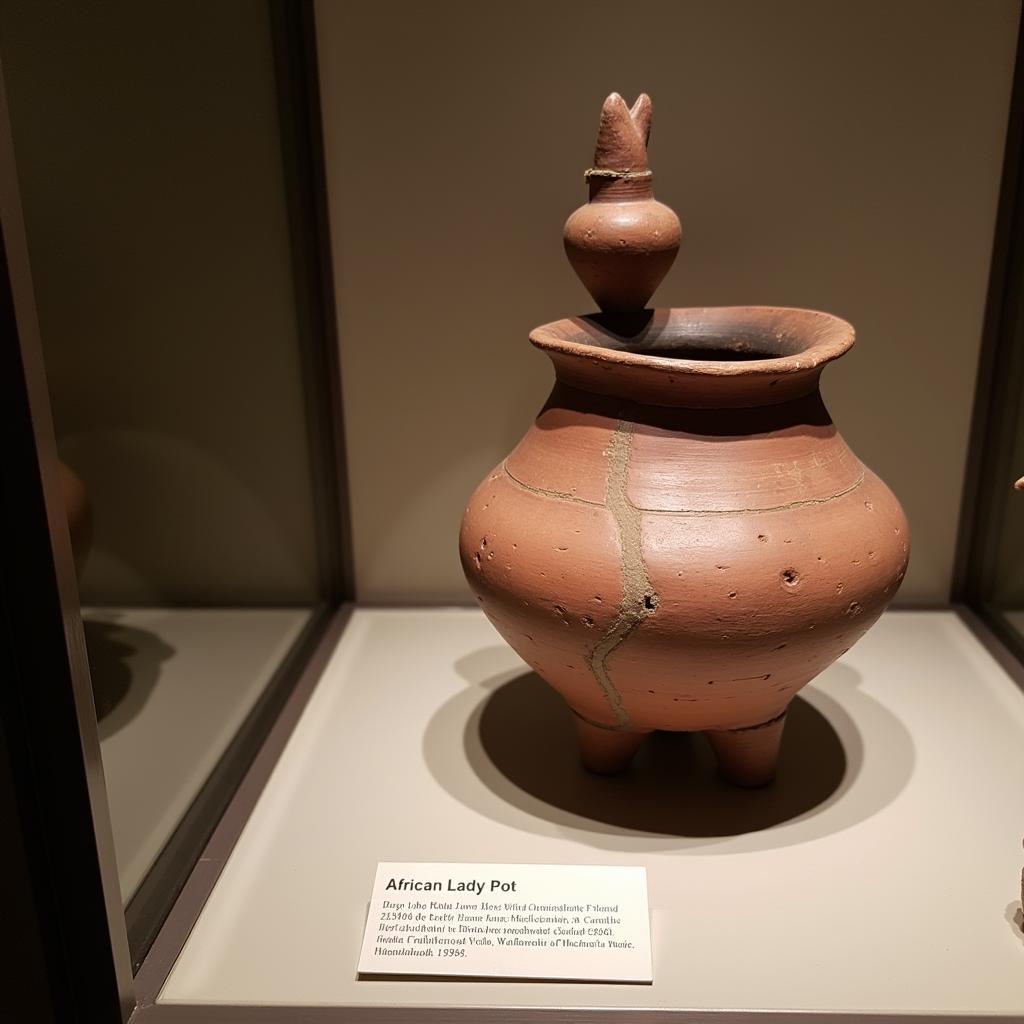African Habitats and Animals: Exploring a World of Biodiversity
Africa is a continent of diverse landscapes, from vast savannas and lush rainforests to snow-capped mountains and arid deserts. This remarkable variety of habitats supports an incredible array of animal life, making Africa a haven for wildlife enthusiasts.
A Tapestry of Habitats
The African continent is home to a wide range of habitats, each with its unique flora and fauna. Let’s take a closer look at some of the most iconic:
1. Savannas: The Realm of Big Game
Savannas, characterized by tall grasses and scattered trees, are the epitome of the African landscape. These vast grasslands are home to some of the world’s most famous animals, including:
- Lions: Known as the “kings of the jungle,” lions are apex predators that play a crucial role in maintaining the savanna’s delicate ecosystem.
- Elephants: These gentle giants are the largest land mammals on Earth and are crucial for seed dispersal and maintaining the health of the savanna.
- Giraffes: Towering above the savanna, giraffes are the tallest mammals on Earth and have adapted to browse on leaves high in the canopy.
- Zebras: With their distinctive black and white stripes, zebras graze in herds, providing a vital food source for predators.
- Wildebeest: These migratory herbivores are known for their dramatic annual migrations, moving in vast herds across the savanna.
2. Rainforests: A Symphony of Life
Africa’s rainforests, found in the Congo Basin and along the west coast, are teeming with life. These dense and humid environments support a staggering diversity of plant and animal species, including:
- Gorillas: These majestic primates live in social groups and are known for their intelligence and complex social structures.
- Chimpanzees: Our closest living relatives, chimpanzees are highly intelligent and exhibit remarkable tool-using abilities.
- Okapis: Also known as “forest giraffes,” these elusive animals are found only in the dense forests of the Democratic Republic of Congo.
- African Grey Parrots: These intelligent birds are known for their ability to mimic human speech and are popular pets.
- Leopard: While leopards are found in a variety of habitats, they are particularly well-suited to the dense undergrowth of rainforests.
3. Deserts: Life on the Edge
Africa’s deserts, like the Sahara and the Namib, are among the driest and most challenging environments on Earth. Despite the harsh conditions, life has adapted to thrive in these arid landscapes:
- Camels: Known as “ships of the desert,” camels are adapted to survive long periods without water and are used for transportation in arid regions.
- Addax: This critically endangered antelope is found only in the Sahara Desert and is well-adapted to its harsh conditions.
- Fennec Fox: This small fox is known for its large ears, which help it dissipate heat and stay cool in the desert.
- Dorcas Gazelle: This small gazelle is a skilled runner and is able to survive on limited vegetation in the desert.
- Desert Warthog: This unusual pig species is adapted to survive in the harsh conditions of the Sahara Desert.
The Importance of Conservation
As the world’s population continues to grow, the habitats of Africa’s wildlife are facing increasing threats. Habitat loss, poaching, and climate change are all contributing to the decline of many species.
“The conservation of Africa’s wildlife is not just about protecting animals; it’s about preserving the delicate balance of ecosystems that sustain life on this continent,” says Dr. Amina Mohamed, a renowned conservationist.
It’s crucial to support organizations working to protect Africa’s habitats and animals. By raising awareness, promoting responsible tourism, and supporting conservation efforts, we can help ensure the survival of these incredible creatures for future generations.
FAQ
1. What are some of the biggest threats to African habitats?
The biggest threats to African habitats include habitat loss due to deforestation, agriculture, and urban development, poaching for illegal wildlife trade, and climate change.
2. How can I contribute to the conservation of African wildlife?
You can contribute by supporting organizations that work to protect African Habitats And Animals, promoting responsible tourism, and educating others about the importance of conservation.
3. Which African animals are most endangered?
Some of the most endangered African animals include the African Wild Dog, the Mountain Gorilla, the Black Rhino, the Pangolin, and the Saiga Antelope.
4. Are there any successful conservation efforts in Africa?
Yes, there have been several successful conservation efforts in Africa, such as the recovery of the black rhino population in South Africa and the increase in the number of mountain gorillas in Rwanda.
5. What are some of the most interesting facts about African animals?
African animals are fascinating creatures with many interesting facts. For example, did you know that lions are the only cats that live in groups? Or that elephants can recognize themselves in mirrors?
6. Where can I learn more about African habitats and animals?
You can learn more by visiting the websites of conservation organizations like the WWF, the African Wildlife Foundation, and the Jane Goodall Institute. You can also explore educational resources like documentaries and books on African wildlife.
7. How can I get involved in conservation efforts in Africa?
You can get involved by volunteering with conservation organizations, donating to support their work, or participating in citizen science projects.
This article is just a glimpse into the incredible world of African habitats and animals. By exploring the continent’s diverse ecosystems and learning more about the challenges they face, we can all play a role in protecting this precious biodiversity for generations to come.



